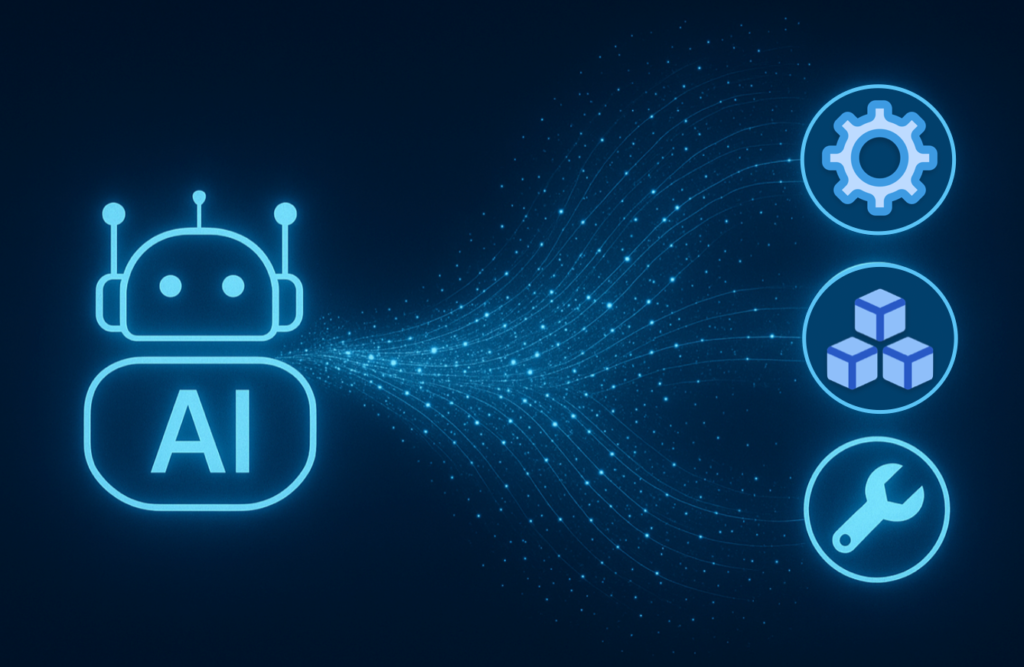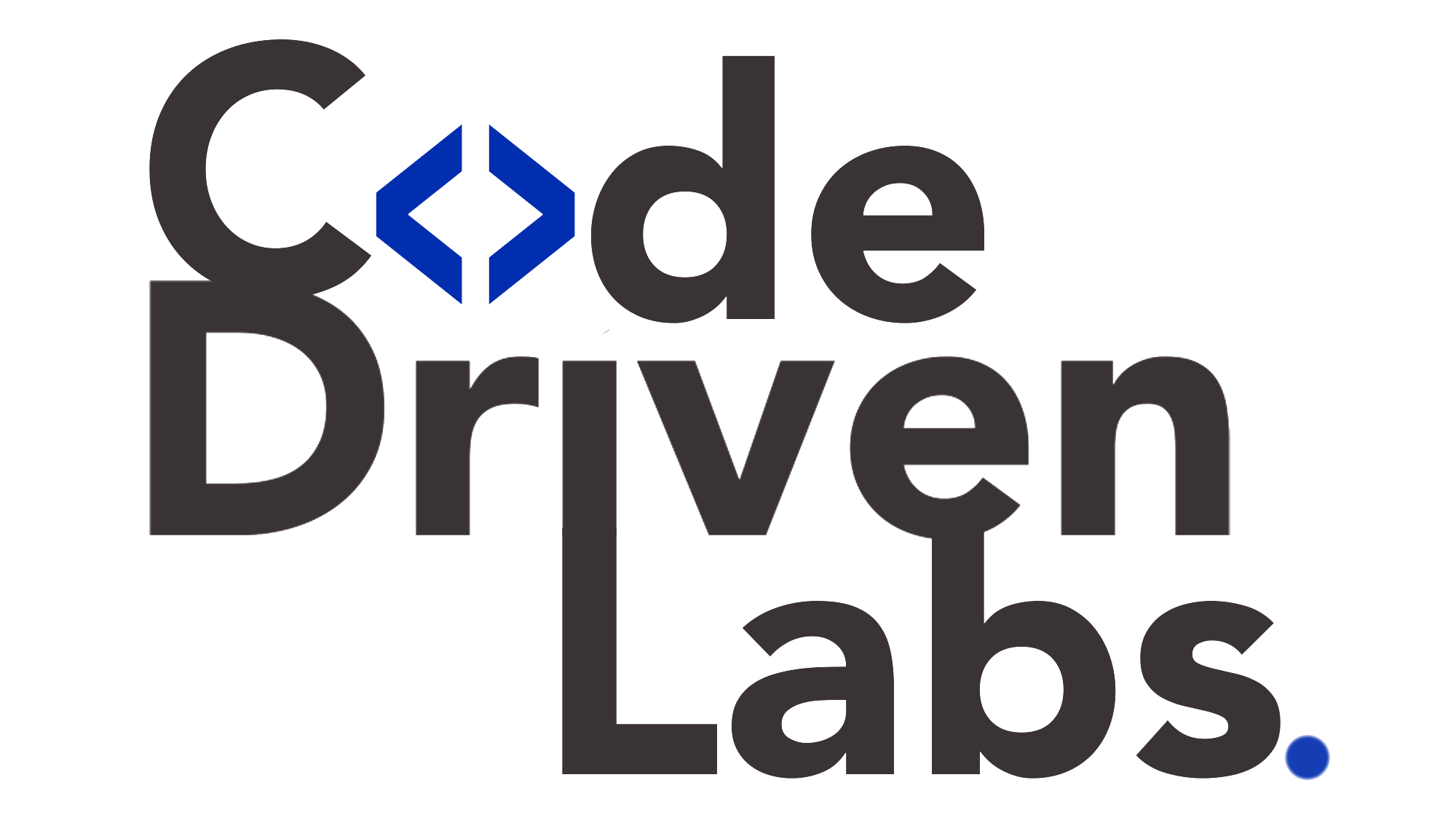Level up your business with US.
- Home
- Smarter QA: How AI-Powered Test Automation Transforms Industry Workflows
Smarter QA: How AI-Powered Test Automation Transforms Industry Workflows
August 17, 2025 - Blog
Smarter QA: How AI-Powered Test Automation Transforms Industry Workflows
In today’s digital-first economy, quality assurance (QA) is no longer a back-end activity—it’s a strategic driver of business success. Customers expect flawless digital experiences, whether they are making financial transactions, streaming high-definition videos, or managing health records. Traditional manual testing methods, while still valuable, cannot keep pace with the speed, complexity, and scale of modern software systems. This is where AI-powered test automation emerges as a game-changer.
By combining the efficiency of automation with the intelligence of machine learning and natural language processing, AI-powered QA helps businesses test smarter, not harder. More importantly, when implemented in code-driven labs, these solutions transform industry workflows across domains, from finance and healthcare to manufacturing and media.

Why Traditional QA Approaches Are Falling Short
For decades, QA has relied heavily on manual testing supported by rule-based automation. While these methods ensure basic functional checks, they struggle in the following ways:
-
Scale Limitations – Large enterprise applications with thousands of features and users cannot be tested thoroughly by manual methods.
-
High Maintenance Costs – Automated test scripts often break with UI or API changes, requiring constant updates.
-
Reactive Testing – Defects are detected late in the development cycle, delaying releases.
-
Inconsistent Coverage – Human-driven test case selection often misses edge cases or unusual workflows.
These limitations increase the risk of production failures, lost revenue, and reputational damage.
The Rise of AI-Powered Test Automation
AI-powered QA goes beyond conventional automation by learning, predicting, and adapting to evolving applications and workflows. Let’s explore the key ways AI is reshaping QA:
1. Intelligent Test Case Generation
AI analyzes historical data, user behavior, and application logs to automatically generate high-priority test cases. This ensures that testing covers the most business-critical paths rather than relying solely on human judgment.
2. Self-Healing Automation Scripts
One of the biggest challenges in test automation is maintaining scripts when applications change. AI-powered frameworks use pattern recognition and machine learning to automatically adjust test scripts, reducing maintenance overhead.
3. Defect Prediction
AI models can analyze code commits, test results, and historical defect patterns to predict where bugs are most likely to occur. QA teams can then focus their efforts on high-risk areas, saving time and reducing defects in production.
4. Visual and Cognitive Testing
AI can validate not only functional behavior but also UI/UX consistency. For example, it can detect misplaced buttons, color mismatches, or accessibility issues by comparing application screens against design specifications.
5. Continuous Testing in CI/CD Pipelines
AI-powered automation integrates seamlessly with DevOps pipelines, enabling continuous validation of every build. This ensures that software quality is monitored in real-time throughout the development lifecycle.
How AI-Powered QA Transforms Industry Workflows
Different industries face unique challenges, and AI-powered test automation is tailored to address these effectively.
1. Finance
-
Challenges: High-volume transactions, strict compliance requirements, zero tolerance for downtime.
-
AI-Powered QA Impact:
-
Automated fraud detection models are continuously validated.
-
Payment gateway APIs are stress-tested under peak loads.
-
Predictive defect analysis ensures faster compliance audits.
-
2. Healthcare
-
Challenges: Patient privacy, data accuracy, system interoperability.
-
AI-Powered QA Impact:
-
Anonymized patient data drives realistic test scenarios.
-
AI validates integration with multiple EHR platforms.
-
Cognitive testing ensures accessibility for all patient portals.
-
3. Manufacturing
-
Challenges: IoT device integration, robotics software, predictive maintenance.
-
AI-Powered QA Impact:
-
AI-driven simulations test sensor accuracy.
-
Automated checks validate ML models predicting equipment failure.
-
Real-time performance monitoring reduces downtime.
-
4. Media & Entertainment
-
Challenges: High concurrency, diverse devices, global user bases.
-
AI-Powered QA Impact:
-
AI simulates millions of concurrent users for load testing.
-
Self-healing scripts reduce test delays caused by UI changes.
-
Automated visual testing ensures high-quality streaming experiences.
-
Challenges in Implementing AI-Powered QA
Despite its transformative potential, AI-powered QA brings its own challenges:
-
Data Dependency: AI models require large, high-quality datasets.
-
Skill Gap: Test engineers must learn to work with AI-driven frameworks.
-
Integration Complexity: Aligning AI-powered QA with legacy systems takes careful planning.
-
Cost Considerations: Initial setup can be resource-intensive.
This is where code-driven labs play a critical role.
How Code-Driven Labs Enhance AI-Powered QA
Code-driven labs are collaborative environments where QA teams, developers, and business stakeholders can create, manage, and execute automated tests as part of a shared workflow. They extend the power of AI-powered QA by making testing more transparent, scalable, and efficient.
1. Centralized Collaboration
-
Test scripts, AI models, and datasets live in one version-controlled repository.
-
Developers and testers can collaborate seamlessly, reducing duplication and miscommunication.
2. Domain-Specific Customization
-
Finance teams can integrate compliance validation tools.
-
Manufacturing teams can plug in IoT simulators.
-
Media companies can add streaming quality analyzers.
This makes the lab flexible across industries.
3. Scalable Execution
-
Code-driven labs support parallel execution of thousands of AI-powered tests.
-
They can simulate real-world conditions at scale, such as millions of concurrent logins or transactions.
4. Reproducible and Auditable Workflows
-
Every test run is logged with metadata, ensuring full traceability.
-
Compliance-heavy industries like healthcare and finance benefit from transparent, auditable test results.
5. Secure Test Data Management
-
Built-in masking and encryption ensure sensitive data (like patient records or financial details) remains protected.
-
Meets strict regulatory standards like HIPAA, GDPR, and PCI DSS.
6. Continuous Feedback Loops
-
Real-time dashboards provide insights into defects, coverage gaps, and performance bottlenecks.
-
Teams can act on feedback immediately, reducing time to resolution.
Real-World Example: AI-Powered QA with Code-Driven Labs
A global healthcare provider wanted to modernize its QA process while ensuring regulatory compliance.
-
Challenge: Testing a new EHR system across multiple hospitals while protecting patient data.
-
Solution:
-
AI-powered test generation created workflows based on historical usage patterns.
-
Code-driven labs ensured tests were version-controlled, secure, and reproducible.
-
Automated compliance checks validated HIPAA requirements.
-
-
Result: Reduced testing time by 65% and achieved regulatory clearance faster than competitors.
Best Practices for Smarter QA with AI and Code-Driven Labs
-
Start Small: Begin with pilot projects to validate ROI before scaling.
-
Invest in Training: Equip QA teams with AI and automation skills.
-
Leverage Modular Frameworks: Use modular test scripts for easier maintenance.
-
Automate Compliance Checks: Integrate industry-specific regulations into the testing pipeline.
-
Adopt CI/CD Integration: Ensure AI-powered QA is embedded in every build and deployment.
-
Measure Outcomes: Track key metrics like defect leakage, test coverage, and execution time.
The Future of AI-Powered QA
The next frontier of AI-powered QA is even more exciting:
-
Self-Healing at Scale: Automation that fixes itself across thousands of scripts.
-
Autonomous Test Creation: AI generating complete test plans with minimal human input.
-
Predictive Release Quality: Models estimating production reliability before deployment.
-
Cloud-Native Labs: Code-driven labs fully integrated into global, cloud-based testing infrastructures.
Businesses that adopt these innovations early will stay ahead in delivering reliable, scalable, and user-friendly software experiences.
Conclusion
AI-powered test automation is transforming industry workflows by making QA smarter, faster, and more predictive. From finance and healthcare to manufacturing and media, it ensures quality at scale while reducing time-to-market and minimizing risk.
The real catalyst for success, however, lies in code-driven labs. By providing centralized collaboration, scalable execution, and secure, auditable workflows, code-driven labs maximize the impact of AI-powered QA.
